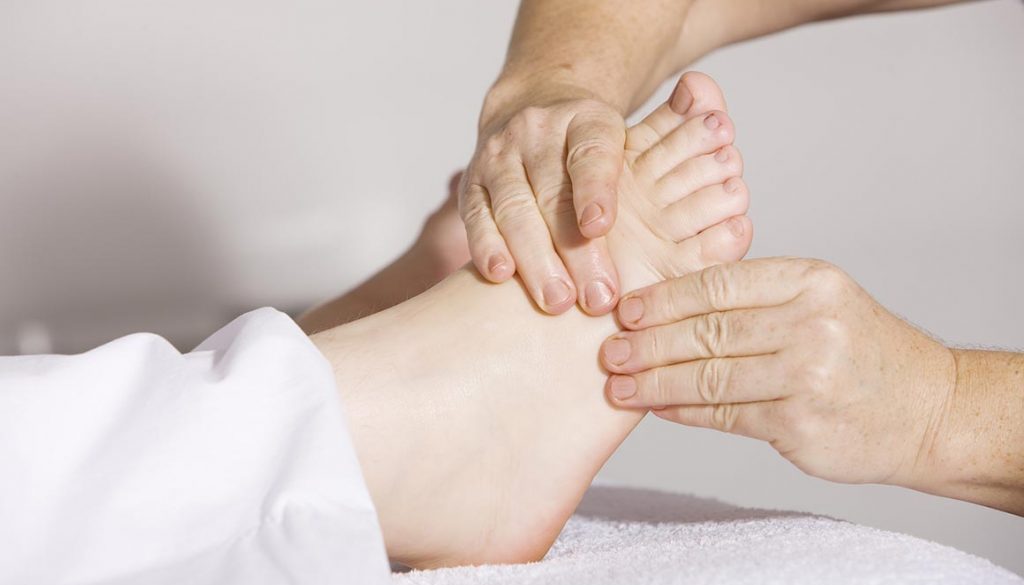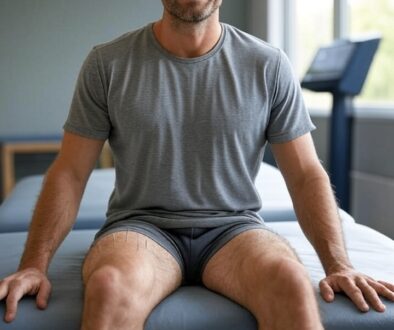Stop Treating Your Plantar Fasciitis
Stop Treating Your Plantar Fasciitis
(Until you know what is causing it.)
So you’re active, and you have plantar fasciitis. You’ve stretched, strengthened, iced, heated, massaged, mobilized, medicated, electrocuted, foam-rolled, and dry needled. You’ve had your foot buttered with gallons of ultrasound gel, modified your gradually decreasing activity, and if it became painful enough, you even (gasp) briefly ceased training altogether. (Although you’d never admit that to your fitness tribe, because they all just suck-it-up too, right?).
Is that it? Is that all there is? Are you forever shackled to the Groundhog Day of Activity-Injury-Rehab-Repeat? If only some very smart people had given this some thought!
If only…
In 2008 the Journal of Orthopedic & Sports Physical Therapy (JOSPT) published clinical guidelines – recommendations only – compiling the best available evidence in the treatment of this bipedal pox, then updated it again in 2014. In it they evaluate a reasonably complete list of orthodox physical therapy interventions and grade each from ‘A’ to ‘F’ based on effectiveness according to research and evidence as follows:
A – Manual Therapy to include joint and soft tissue mobilization
A – Stretching
A – Taping
A – Foot Orthoses
A – Night Splints
D – Electrotherapy, including Low-level Laser, Phonophoresis, & Ultrasound
E – Education & Counseling for Weight Loss
(did you ever receive an ‘E’ in school? Me neither.)
F – Therapeutic Exercise & Neuromuscular Re-Education
(Not kidding – the evidence does not support PHYSICAL THERAPISTS spending much time here.)
F – Dry Needling
Options! Certainly there is some help in there somewhere, right?
Sadly, no. It is interesting to note that the duration of benefits even among interventions rated ‘A’ was nearly always short term:
A – Manual Therapy – benefits at 4 weeks but not 6 months
A – Stretching – short-term benefits in the first 1 week to 4 months
A – Taping – short term benefits for up to 3 weeks
A – Foot Orthoses – may reduce pain & improve function for up to 1 year
(Save your deductible, and just go to Wal-Mart. Really.)
A – Night Splints – recommend 1-3 month program (No study evaluating night splints followed benefits for more than 8 weeks.)
Does any of this sound familiar? Have you walked into a clinic where a zombie-like crowd was mindlessly pulling, pushing, squeezing, and being buttered with ultrasound gel or shocked with electrical stimulation?
And how long did that last? How many times did you show up only to get temporary relief?
I wonder — what if the angry, beat-up plantar fascia is not the problem? What if the foot and plantar fascia was working just fine, but the ankle, or hip, or even spine and ribcage started to change the way they move, and those compensations began to take a toll on the foot? What if we’re electrocuting, stabbing, and immobilizing the victim, that is, the plantar fascia, and not the villain of this story? What if we’re not working on the areas that need it such as the hips, knees, and ankles, and we’ve got it all backwards?
Don’t get me wrong — the recommendations above are helpful if used in the right sequence at the right time. Sometimes we’re just not going to make progress until the pain is addressed in the short-term. Unfortunately for many, when they walk into a clinic with (insert joint here) pain, the clinician evaluates only the joint pain and treats only that joint and only that pain without a whole-body systematic approach. This is like blaming a slow tire leak when your car isn’t running well because the leak is the most obvious thing and the easiest to fix. Yes, the mechanic needs to address the tire and do what she can to stop the leak, but the tire was never the real issue. In other words, many times the root cause of the problem can be quite a ways away from where the most obvious symptom is.
There is so much more that is likely contributing to your frustration. There is so much more improvement to be restored if we just take the time to really look for it.
There are answers. Tomorrow does not have to look like today. Step away from the cookie-cutter approach and get the systematic head-to-toe evaluation you need to leave the cycle of frustration behind. Performance, potential, skill, and technique are not one-size-fits-all. Neither should your medical care be.
Are you tired of the cycle of frustration, and ready to get back to your activities?




